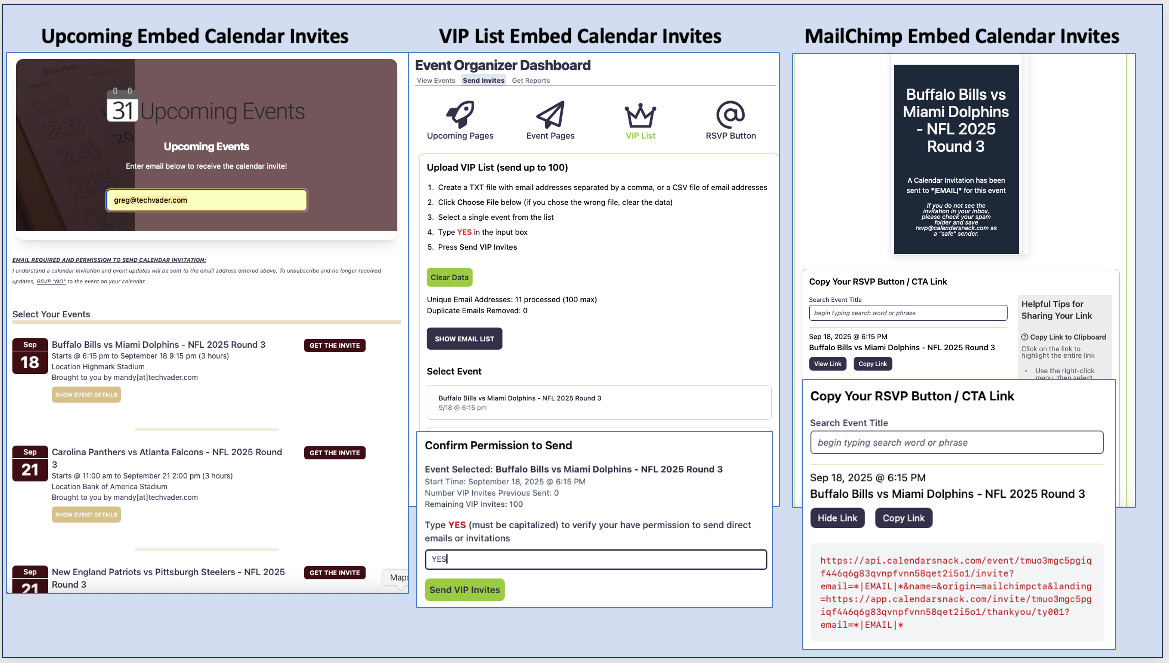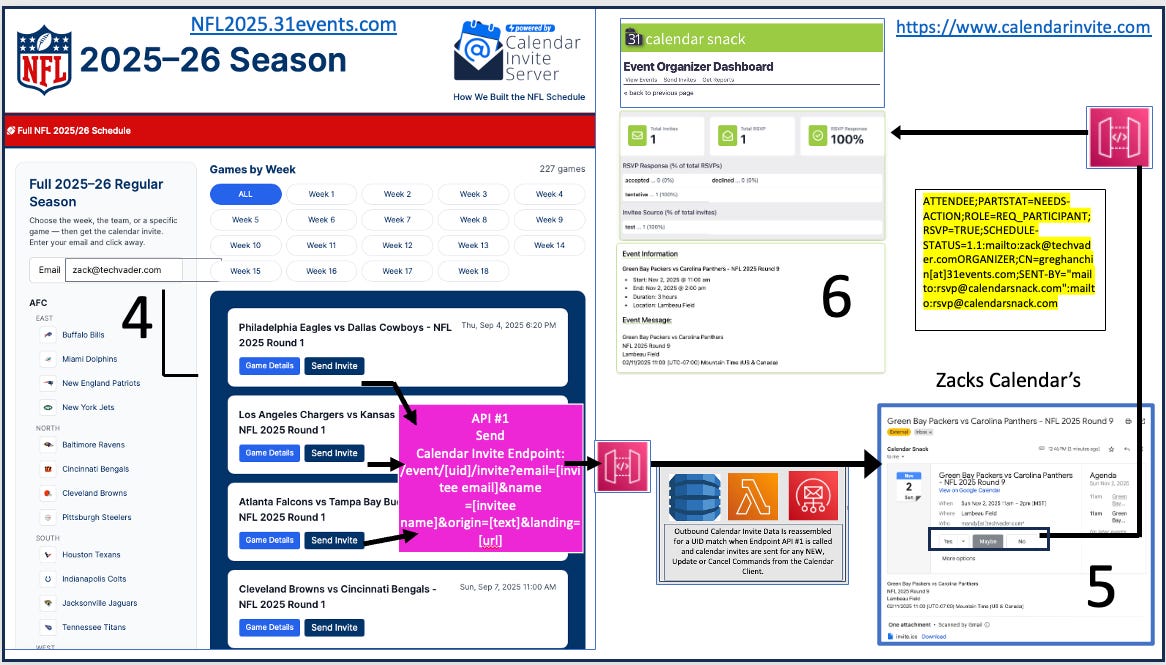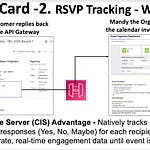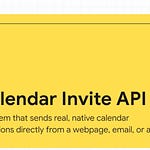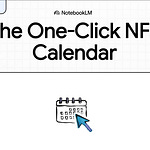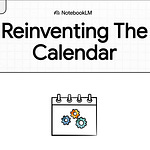Here’s the One Flip to Fix It.
If you run digital events, you know the frustration. You spend weeks and a significant budget promoting a webinar, driving thousands of clicks to your landing page, only to watch a tiny fraction of those people actually show up. The effort that goes into promotion feels utterly disconnected from the final number of attendees, leaving you to wonder where it all went wrong.
The data shows the problem isn't your channels; it's the funnel itself—a process accepted for decades despite being structurally designed for waste. A simple strategic "flip" in how you handle that initial click can not only double your final event yield but also dramatically improve the quality of leads you deliver to your sales team. Here are the four surprising takeaways that explain how.
1. Your Funnel Is Designed to Waste 99.994% of Your Effort
The traditional digital event funnel is better described as a "Funnel of Staggering Waste." The inefficiency isn't a minor leak; it's a structural flaw that discards the vast majority of your audience at every step. A quantitative analysis of the traditional model reveals the inefficiency. Let's start with a baseline of 10,000 emails:
• Clicks (300): A 3% CTR means 97% of your audience is lost instantly.
• Registrations (120): High-friction forms cause a 60% drop-off among those who clicked.
• Attendees (60): A 50% no-show rate halves the audience again.
The final yield from your original 10,000-person audience is a mere 0.006%. This isn't hyperbole; it's the quantifiable result of a process that is designed to waste 99.994% of your marketing effort before the event even begins.
2. You Celebrate the Click, Then Punish the Person Who Clicked
Beyond the numbers, a fundamental philosophical problem exists with the traditional funnel: it creates a hostile experience for the very people who have shown the most interest in your brand. The moment a user clicks your link, you don't welcome them; you confront them with obstacles. This experience is at odds with well-established principles of user-centric design and friction reduction.
The documents argue that traditional funnels "celebrate the click, then punish the person who clicked".
This paradox reveals a critical flaw. The funnel doesn't filter for genuine buying intent; it filters for perseverance and patience. By forcing interested users through high-friction forms and clunky processes, you reward those willing to jump through hoops, not necessarily those most interested in your solution. This creates a fundamental misalignment between marketing and sales, delivering a list of attendees who may lack the deep interest required for a swift conversion.
3. The Solution Is Treating Your Calendar as the Front Door
The elegant solution is a strategic "Funnel Flip." Instead of a "Click → Register" model, you shift to a "Click → Calendar Invite" model. This single pivot treats the initial click not as a lead to be processed, but as a moment of commitment to be honored. This strategic shift serves three critical functions:
• It eliminates friction by completely bypassing the registration form, the primary source of mid-funnel drop-off.
• It establishes commitment by placing the event directly into the user's "container of time"—their personal calendar. An accepted invitation is a far stronger signal of intent than a form fill.
• It creates a living connection through a dynamic calendar invite, unlike a static .ics file. This allows for automatic updates and reminders, ensuring your event stays top-of-mind without relying on a crowded email inbox.
This approach is built on the philosophy of "treating people like guests, not afterthoughts." By providing a seamless, respectful experience, you build brand trust and reliability from the very first interaction.
4. The Real Win Isn't Doubling Attendance—It's Multiplying ROI
While the Funnel Flip model can double the final event yield (turning 60 attendees into 120 in the mythical example), the actual value lies in the quality of those attendees, not just the quantity. This model introduces a new, powerful, and measurable signal of intent that the traditional funnel completely lacks: the RSVP response.
This creates an "ROI Multiplier Effect":
• Higher lead-to-opportunity conversion rates: An attendee who accepts a calendar invite has shown superior commitment, providing sales with a pre-vetted list of highly qualified leads.
• Shorter sales cycles: Engaging with these higher-intent prospects means less time wasted on unqualified leads and a faster path to revenue.
• A fundamental improvement in ROI: By delivering value instead of volume, this model improves the return on investment of the entire marketing and sales process.
Conclusion: Stop Processing Leads and Start Welcoming Guests
The massive waste in digital event marketing isn't an unsolvable problem. A slight strategic shift—from a lead-capture-centric model to a commitment-centric one—can resolve this issue. By treating a prospect's click as an invitation to be welcomed rather than a lead to be processed, you can dramatically improve performance, enhance the customer experience, and deliver far more valuable outcomes to your sales team.
This simple flip fixes the event funnel, but it also raises a more profound question for your entire organization. If your event funnel has been punishing your most interested customers, what other "standard" processes in your business might be doing the same?


